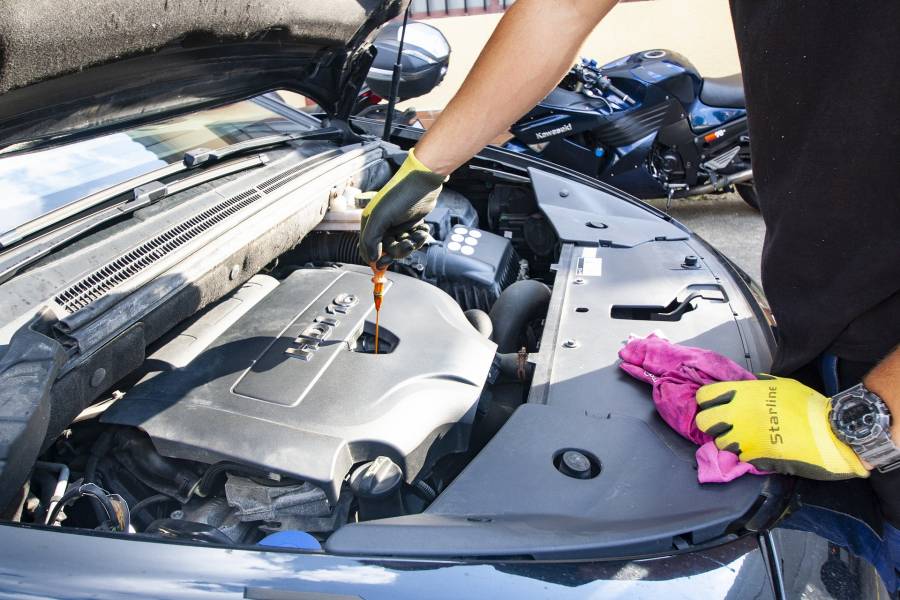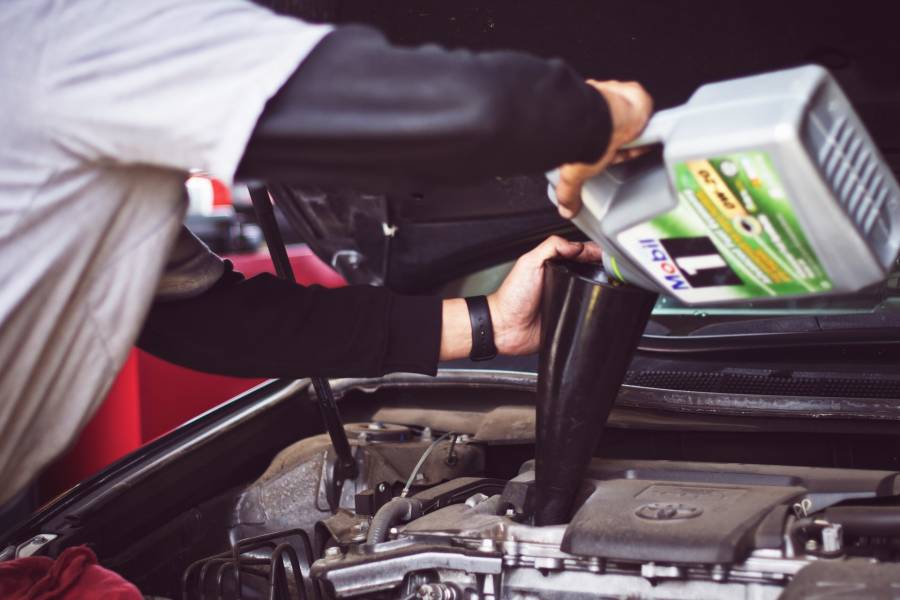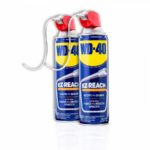Quick Navigation
Our cars require a regular change of oil. It is crucial to the performance and integrity of the engine or powerhouse of the vehicle.
However, one thing that could truncate your ability to do this is a stuck oil cap. A stuck oil cap is only detrimental to the functionality and durability of the engine.

Several plausible reasons can cause a stuck oil cap. Luckily, these reasons and the solutions to resolving this issue are highlighted in this piece.
What Causes A Stuck Oil Cap On A Car?
If your engine oil cap is stuck or refuses to budge, there are several reasons why. Here are a handful of these reasons.
Lack Of Oil Change
Ideally, car owners should get an oil change every six months or 3,000 miles depending on their driving habits, vehicle age, oil quality, and other factors.
However, if it’s been over eight months since your last oil change, asides from your engine knocking, one thing that could happen is your engine oil cap getting stuck.
Due to the consistent use of rancid oil, a layer of burnt oil can form at the oil cap and make it stick.
Hot Engine
Your engine oil cap may be stuck on your car because the engine is still hot. When the engine is hot, it is assumed the car is still in use, or even after the engine is off, it needs to cool down.
Aside from being a hazard, the hot oil locks in the oil cap and makes it stick to the engine.
Oil Cap Teeth Are Worn Out
In some car models, the oil caps have teeth attached to the oil fillers.
After prolonged use, the teeth on the oil cap can get worn out due to the consistent friction from opening and closing the oil cap.
In the case of the wear and tear of the oil cap teeth, opening the oil cap can prove challenging.
Gunk In The Oil Cap Grooves
The grooves on the oil cap enable it to fit into its space. In addition, they control the circular motions the oil cap turns in.
Without an oil change or a heated engine, gunk and dirt can accumulate in these grooves and make opening the oil cap a tedious activity.
It is certainly not a fancy experience; thankfully, the culprit is known now.
The Oil Cap Is Exposed To Rust
The oil cap is made of some metal or iron. The exposure of the oil cap to moisture and oxygen can trigger rust, and if it is sealed shut while the rust forms, it can remain stuck.
If this happens, try adding more oil as a lubricant around the oil cap to get it to unstick.
Solutions To A Stuck Oil Cap On A Car
Having a stuck oil cap might be frustrating and annoying, but it’s not the end of the world as it may seem.
With patience and adhering to the solutions to be raised, you should be able to easily remove your oil cap that’s stuck on your car.
Ready to know ho? Here you go.
Use A Lubricant
Applying a lubricant on things that won’t budge should be the first step in trying to unstick your oil cap.
However, it would help if you did this after giving the engine a few hours to cool completely. Lubricating the oil cap might be ineffective on a hot engine.
Once applied directly to the oil cap, the lubricant should provide a good fluid texture. For this method, any mechanical lubricant will suffice.
You can also apply the lubricant on a cloth or rag and rub it on the oil cap. After using the lube, let it sit for some seconds, then with the fabric, grip the oil cap and twist it until it comes off.

Use Ice
What did you think of ice when touching a car engine? You probably never envisage any help, but here is a thing to try on the oil cap.
Once the engine is cold, apply ice on the rim of the ice cap. Let the ice bag rest on this rim for 15 minutes.
If it doesn’t budge, try a plier. This method might make the oil cap lose no structural damage to the nozzle of the oil cap, which is what you want.
Clean The Oil
Cleaning dirt out of anything has always been an immediate remedy in some cases, and for some, dirt is a natural reminder that you have overused something.
So, If the oil cap sticks because of gunk accumulation, your best bet is to clean it out. To do this, start by applying a small amount of engine oil to the oil cap.
Next, use a toothpick or a toothbrush to get all the dirt out from the rim of the oil cap. Then you’ll want to try getting as much gunk out from the nozzle as well.
Again, a toothbrush will help you brush away the gunk on the rim, but a pick will help you dig into the crevices to get all the dirt out.
Slip-Joint Pliers
Do you have a toolbox at home? If you do, ensure that a slip joint plier is handy.
With a slip-joint plier, you can remove the oil cap without damaging it. This method, like others, should be done on a cooled engine.
To do this, place a piece of cloth or towel on the engine oil cap, then grip the cap in a clockwise motion with the plier. It should force the lid to open without any structural damage.
Use Channel Lock Pliers
When you’ve exhausted all of the above, this method should be a last resort.
With a channel lock plier, you’ll want to break off the oil cap gently but without damaging the nozzle.
You will need to get a replacement oil cap after this, so you should get the cap before you try this method.
Maintenance Tips To Prevent A Stuck Oil Cap
A stuck oil cap on a car can be prevented by proper maintenance. Here’s how:
- Regular oil change: Changing your car’s oil every six to eight months will prevent the buildup that sticks to the oil cap and prevents it from opening.
- Cleaning the oil cap: Checking and cleaning the debris on the oil cap’s grooves will prevent it from sticking in the future.
- Generally, periodic or scheduled maintenance around the oil cap can save you some worries and a bad day as well. So, you can start by keeping a calendar and circle a date of the last maintenance and set a reminder somewhere.
Conclusion
Having an oil cap stuck on the car can create a ripple effect of problems for your car’s engine. A myriad of reasons causes this problem.
Causes like prolonged oil use, hot engine, gunk in the grooves, worn-out cap teeth, or rust having a field day on there.
Luckily, you now know you can stall the situation by having slip-joint pliers, ice, lubricant, lock pliers, and cleaning the oil cap.

James has been a car enthusiast since his childhood when he learned the differences between a ford and a chevy from his father. He loves to drive and restore old cars with a special drive for Italian marvels. Currently, he has a 1968 Alfa Romeo. He has studied aeronautics and civil aviation in his college and still gets smitten by Galant SS and Lancer GSR.
He is a New York-based product training director working with a giant automotive retailer. He loves to review and uncover the vehicles and their fascinating stories. He believes in keeping it legitimate with a keen passion for research on the latest technological upgrades in cars. While reading his articles or blogs, you can sense the extensive research and dedication backing the piece of text. He loves fried chicken, music, and spending quality time with his pet dog.






